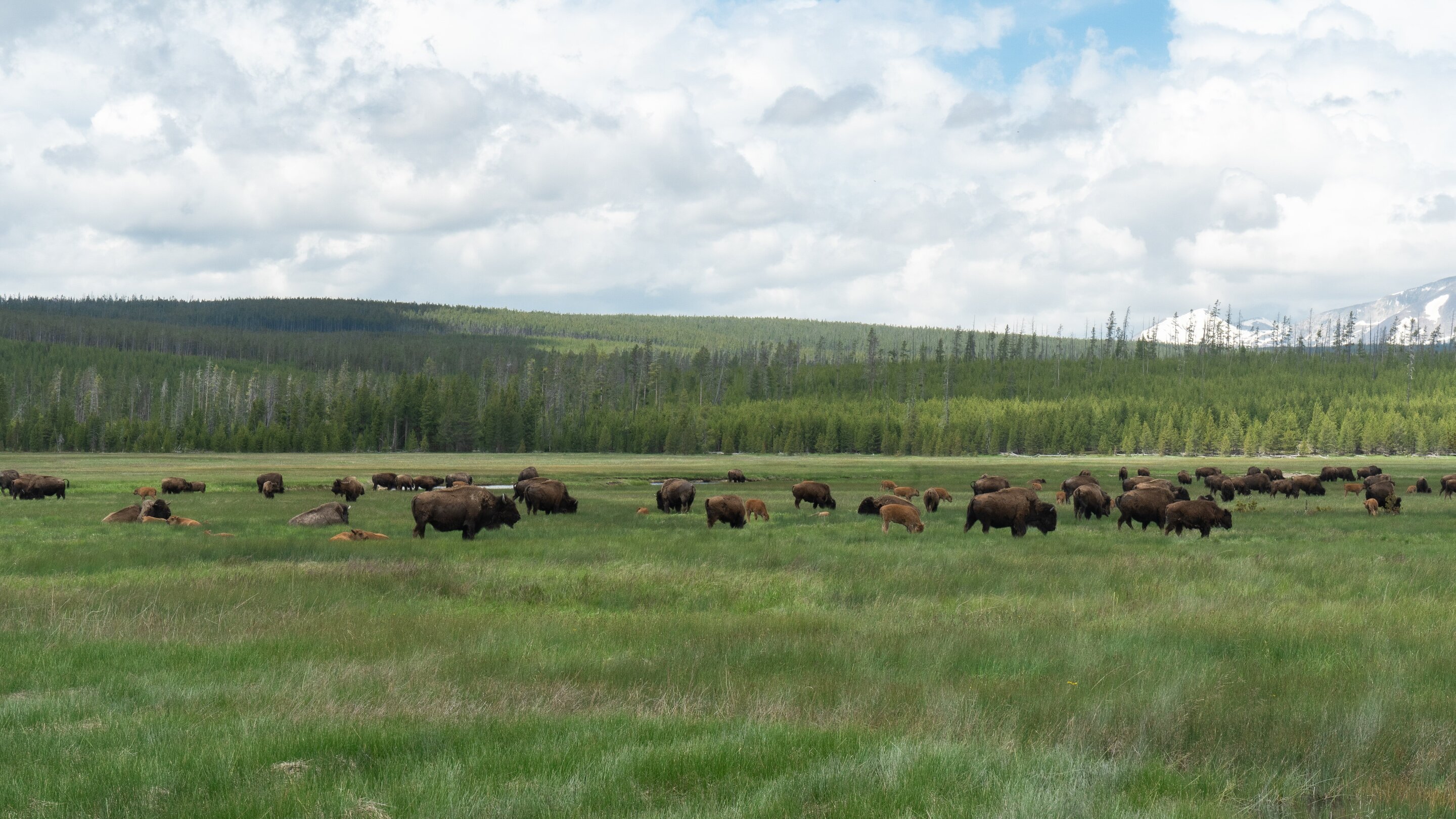#Living With Climate Change: Tiniest pollution particles pack major risk: Childhood asthma, poor-air deaths ignored for too long, studies say

Table of Contents
“#Living With Climate Change: Tiniest pollution particles pack major risk: Childhood asthma, poor-air deaths ignored for too long, studies say”
Some 86% of people living in urban areas are exposed to unhealthy particulate matter levels, leading to 1.8 million ‘excess’ deaths globally in 2019, George Washington University research finds
Health officials and powerful lawmakers aren’t paying close enough attention to the smallest particles of pollution. That inaction drives up asthma suffering in children and “excess” deaths for the most vulnerable, new studies show.
Nearly nine in 10 people living in cities around the world — or about 2.5 billion people — are exposed to unsafe levels of air pollution annually, according to a study published in The Lancet Planetary Health. The findings, in research led by George Washington University, show a count and density of fine particles that exceeds the World Health Organization (WHO) guidelines by seven times.
The study paid particular attention to smaller-population cities, an under-scrutinized parameter, the authors claim, in addition to the world’s mega-cities. The new research tracked pollution in 13,000 cities in all.
Read: Study suggests even short-term exposure to air pollution hurts older men’s thinking and memory
A second, related study finds that nearly 2 million cases of asthma in children are linked to traffic-related nitrogen dioxide air pollution, with two in three cases recorded in cities.
Read: Biden’s EPA targets emissions with higher fuel standards
Warnings about air quality are part of the intensifying study of the connection between emissions, pollution and public-health issues, in part as the rampages of COVID-19 show how global respiratory issues are costly and debilitating to economies and hospital systems.
Climate change, which is tied to the pollution-led warmup of the atmosphere, was deemed the “greatest threat” to global public health in an unprecedented collaboration across major health journals last year, even while the grip of the coronavirus pandemic persisted.
Read: Climate change is ‘greatest threat’ to global public health, say 200 medical journals
“Avoiding the large public health burden caused by air pollution will require strategies that not only reduce emissions but also improve overall public health to reduce vulnerability,” said pollution-particle lead author Veronica Southerland.
A 9-year-old London girl who died in 2013 after an asthma attack is thought to be the first person in the world to have air pollution listed as a cause of death, but that ruling only emerged in 2020.
Asthma, the most common chronic condition among children, currently affects an estimated 6.1 million U.S. children under age 18 alone, according to Environmental Protection Agency data. Death in pediatric asthma remains rare, but such risk does increase with age if not treated.
Treating asthma costs those using the U.S. healthcare system about $50 billion a year in total. But indirect costs add up too, say for lost workplace productivity, to the tune of another $5.9 billion annually. These figures are according to the Journal of Allergy and Clinical Immunology and cited by the American Lung Association.
Don’t miss: Today’s kids will live through 3 times as many climate-change disasters as their grandparents: report
Other recent studies have looked at the concentration of polluted air in communities with a mostly minority population.
One international study led by researchers at the University of Washington and published in the journal Environmental Health Perspectives found that while great progress has been made in reducing deadly pollutants in the air in the U.S. over recent decades, racial disparities remain. The research also showed that race mattered more than income in determining who lives with the most air pollution.
Read: Just 25 mega cities produce more than half the world’s urban greenhouse gas emissions
The study scientifically backs what many Black and brown communities have been saying for decades, linking dirty air to proximity to busy roads and freeways, as well as industrial parks.
In just one instance, this one in a Chicago neighborhood, a single, 145-foot smokestack had brought 90 years of agony for some living nearby.
Little Village, or La Villita, has been a gateway to the Midwest for Mexicans and Mexican-Americans for generations. But 44% of the neighborhood is industrial, and the old Crawford coal power plant, home to that smokestack, caused an estimated 26 deaths, 350 emergency-room visits and 1,800 asthma attacks every year, according to a 2002 study from the Harvard School of Public Health.
That smokestack was due for demolition in 2020 after a 2012 plant closure, which was deemed a victory for neighborhood activists. But even its demolition carried little regard for the breathing quality of neighbors when its orchestrated collapse filled the air with dust in a community already reeling from the COVID-19 outbreak.
Read: ‘We basically had less than 24 hours to mobilize.’ This Chicago neighborhood is battling coronavirus — then the demolition happened
“If you are living in a community that is experiencing the brunt of bad air, this is not news to you at all; you notice it already,” said Julian Marshall, a professor of civil and environmental engineering at UW, and a senior author on that report.
The American Lung Association agrees. Last year it reported that more than four in 10 people (135 million) in the U.S. live with polluted air. People of color were 61% more likely to live in a county with unhealthy air than white people, and three times more likely to live in a county that failed all three air quality grades, according to the American Lung Association report, which analyzed data from 2017-2019.
By
Rachel Koning Beals
If you liked the article, do not forget to share it with your friends. Follow us on Google News too, click on the star and choose us from your favorites.
For forums sites go to Forum.BuradaBiliyorum.Com
If you want to read more News articles, you can visit our News category.




